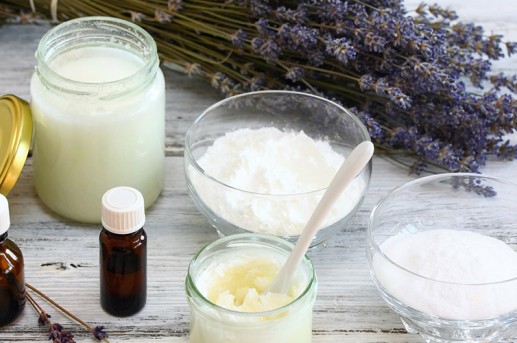“Paraben-free”, “allergen-free”, “preservative-free”… these negative claims will soon belong to the past thanks to stricter European regulations on this type of statement. Here’s how that will work.
For almost 20 years, players in the dermocosmetic industry have responded to consumer mistrust by increasing the number of messages claiming an absence of maligned ingredients in their formulas. That’s why we have seen an avalanche of “free from” claims. But “clean” formulas are now the way forward.
The end of “free from” promises
In 2013, the European Commission took up the issue and clarified the legislation already in force since 2009, determining the criteria for putting cosmetic products on the market.
Commission Regulation (EU) No 655 of 10 July 2013 marks an important turning point in that it sets out the truthfulness criteria with regard to ingredients mentioned and also their properties. Furthermore, a principle of fairness is introduced, implying the non-denigration of ingredients whose use is legal. For example, this means that the claim “preservative-free” is no longer authorized when the formula contains other substances not on the official list of preservatives, but which are used as such.
Fewer preservatives, great protections
The latest High-tech Solutions to protect preservative-free formulas
A new positive era
The highly awaited Regulation No 655 is set to enter into force in July 2019 and, until then, the industry is encouraged to self-regulate. After that date, offenders risk being held to account by the regulatory authorities of the European Union member states.
From communication based on negative claims, we are now entering the era of positive claims such as “clean formula” to mean a reworking of the list of ingredients or the promotion of the proven benefits of certain ingredients, and even the innovative and protective properties of the packaging. Because although cosmetic product packaging isn’t subject to the same regulatory constraints as food packaging, the regulations shouldn’t drag their heels in catching up!
That is why, since 2014, Aptar has been working with other industry players to develop a common methodology to assess the protection performance of the container and its safety for the contents inside.

